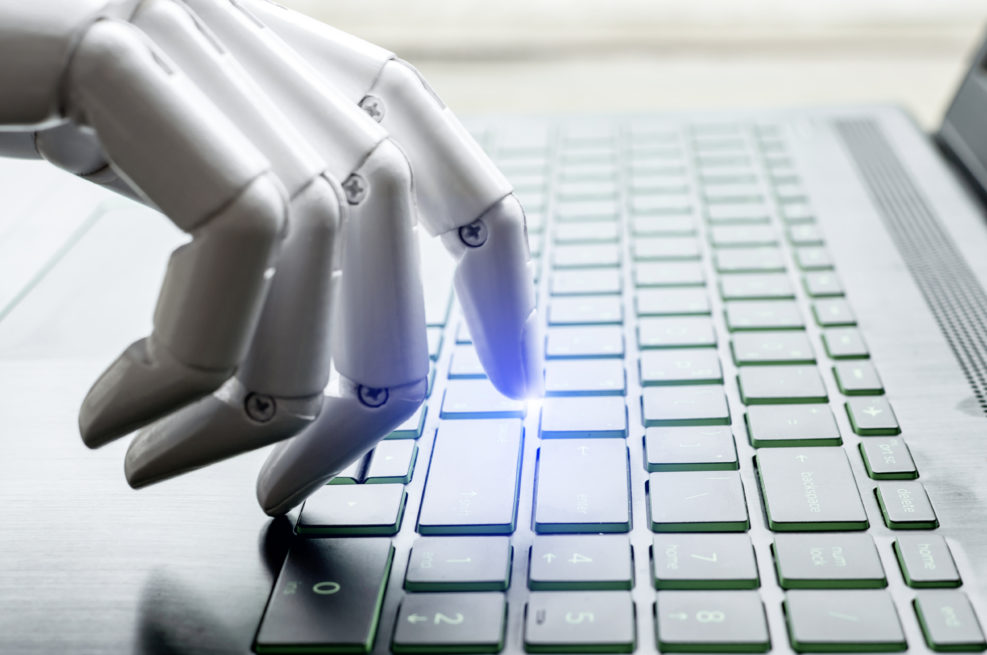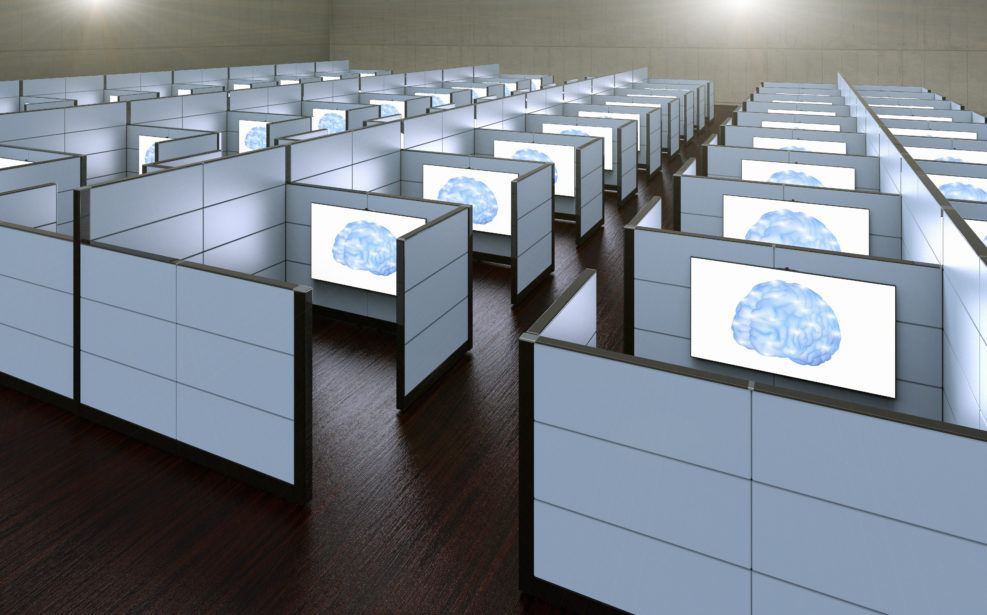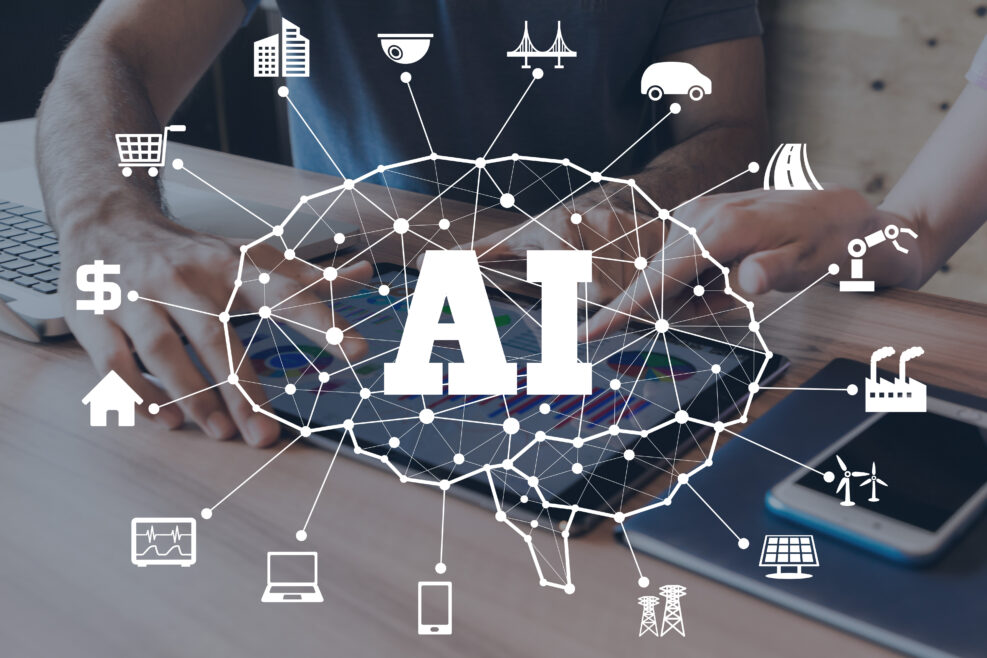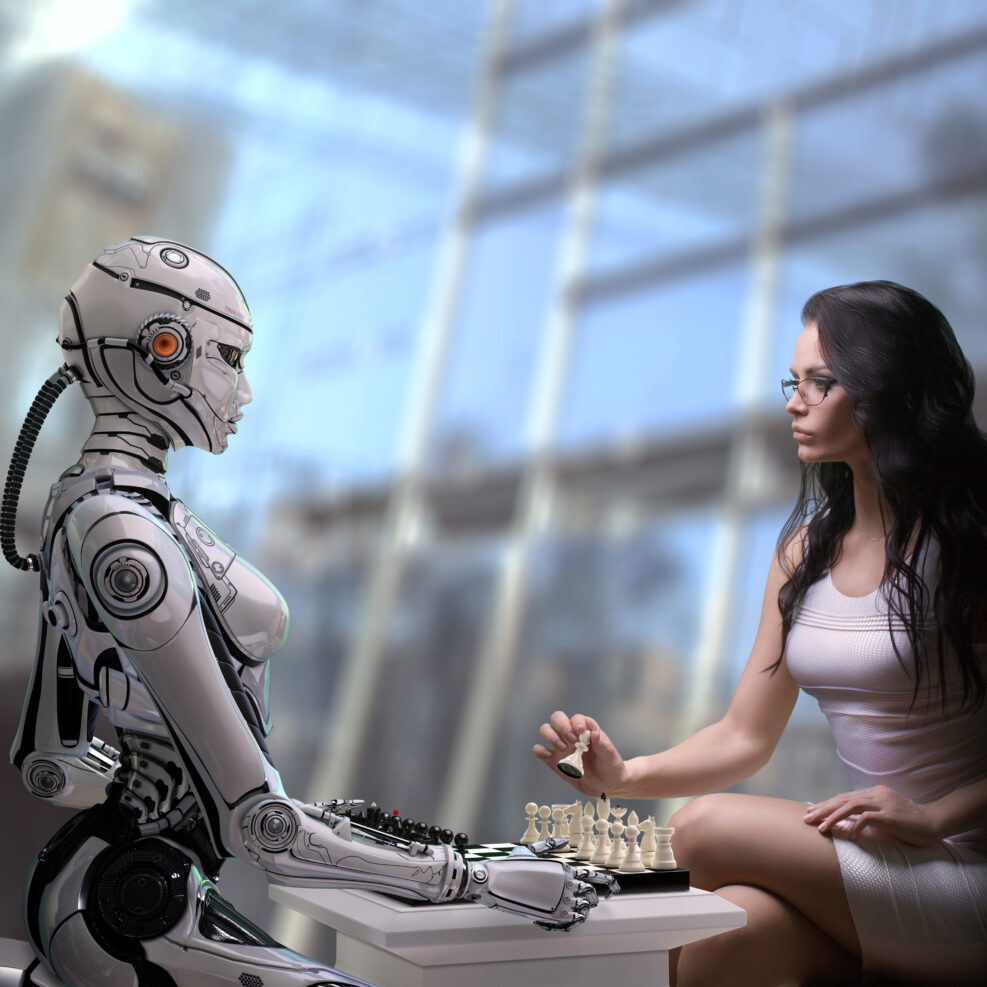
English Prof: You’ll Get Used To Machine Writing — and Like It!
Yohei Igarashi argues that seamless machine writing is an outcome of the fact that most of what humans actually write is highly predictableEnglish professor Yohei Igarashi, author of The Connected Condition: Romanticism and the Dream of Communication (2019), contends that writing can mostly be automated because most of it is predictable: Instances of automated journalism (sports news and financial reports, for example) are on the rise, while explanations of the benefits from insurance companies and marketing copy likewise rely on machine-writing technology. We can imagine a near future where machines play an even larger part in highly conventional kinds of writing, but also a more creative role in imaginative genres (novels, poems, plays), even computer code itself. Yohei Igarashi, “The cliché writes back” at Aeon (September 9, 2021) Currently, humans’ ability to guess whether it is machine writing, he says, is only Read More ›


















